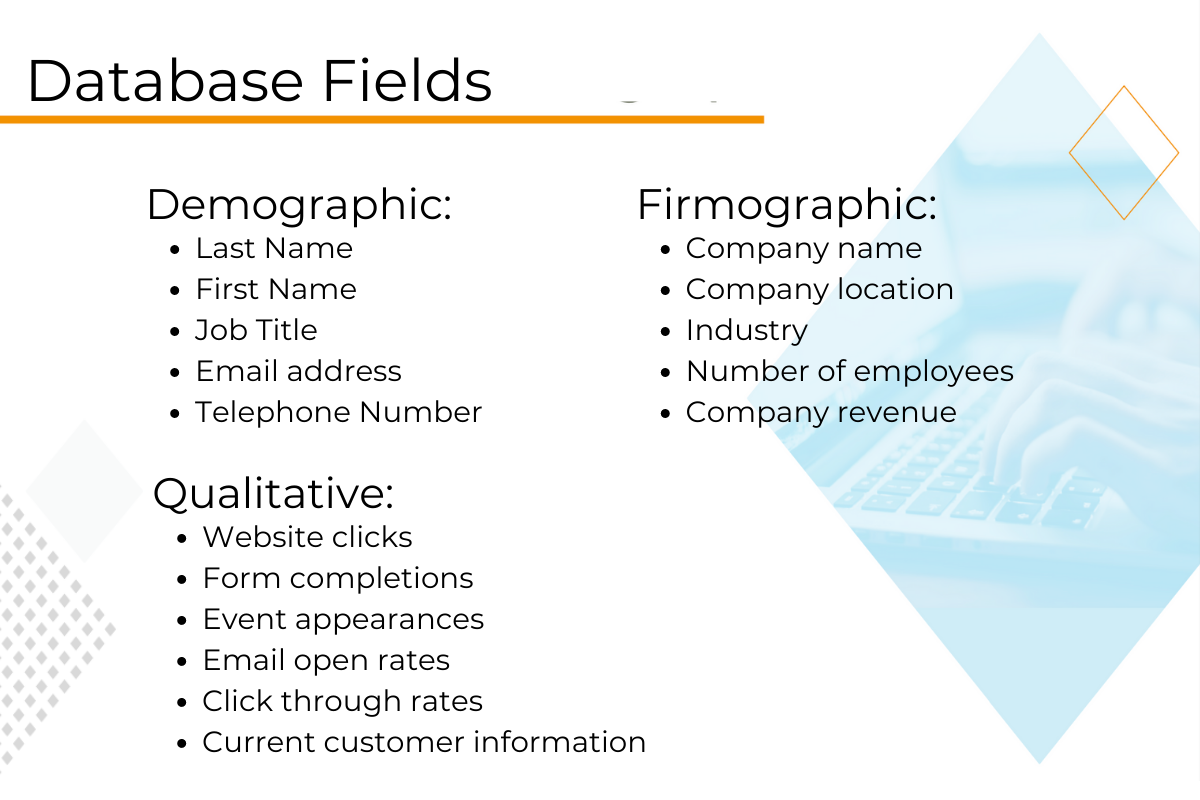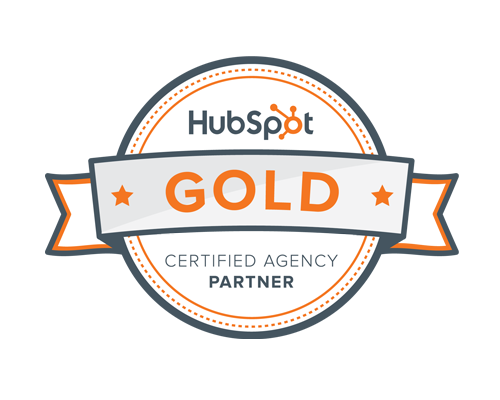
5 Best Practices for Database Management
Having a standardized database management process is crucial to successful marketing campaigns and programs. With clean, up-to-date, and useful data, your marketing team will be better equipped to make data-driven decisions and boost the effectiveness of your marketing initiatives. If you’re not managing your database correctly (or at all), you could be hindering your chances of success — especially when 37% of email addresses become outdated every 12 months.
According to a ZoomInfo survey, when respondents were asked if they were confident in their organization’s CRM data, the majority (32%) said no. Database management isn’t just a one-time fix. It requires continuous monitoring, cleaning, and hygienic practices. Beware, the less time you dedicate to database management, the more likely your database will decay. If you ignore your database for too long, the cost to overcome the decay will increase to potentially exorbitant amounts. Luckily, there are a few best practices to effectively manage your database. In this article, we’re taking a look at the top 5.
What is Data Hygiene and Why is it Important?
Data hygiene is the practice of ensuring your organization has data that’s organized, accurate, and up to date. Dirty data, on the other hand, is riddled with mistakes and outdated information. Dirty data is extremely detrimental to your business. In fact, unkempt data causes individual organizations to lose approximately $9.7 million per year.
Meanwhile, organizations with good data hygiene practices are much more successful. According to Forrester, data-driven companies who follow database management best practices are 58% more likely to beat revenue goals than those who do not. Think about your email marketing initiatives, for example. If your data is outdated or full of errors, odds are that you’ll receive a lot of hard bounces, unsubscribes, and email send failures. This obviously will have a negative impact on your marketing and sales efforts. If your messaging is not hitting your target audience, your marketing is failing and wasting resources.
However, effective database management goes beyond just having accurate email addresses. Ensuring good data hygiene means having the ability to garner not only the basics like the industry they’re in and their job title but also consumer behavior insights such as which content a lead interacts with. McKinsey reports that organizations that strategically use consumer behavior insights outperform their competition in sales growth by 85%.
Having clean behavioral data enables marketers to better target and nurture leads with relevant content. For instance, if the data shows a lead is interested in user onboarding automation tools, would you send them information on compute provisioning? Of course not! Essentially, data hygiene is the preliminary step in ensuring that your database management practices will be most effective. Now, let’s dive into the top 5 best practices for database management.
1. Define Your Goals
Step one is to define your goals. What are you using this data for? Data can be used for email marketing, retargeting, website optimization — you name it. The next question you need to ask yourself and your team is what type of data do we need to collect? For example, if one of your goals is to promote your latest product to DevOps engineers, the data you’ll need to collect will be email addresses, full names, job titles, and company information. This way, you know exactly what role a lead plays in their organization and whether or not they will benefit from the product.
These types of data can be collected via database entry fields located in forms that are gatekeeping a downloadable ebook, for example. Which brings us to step number two: determining your database fields.
2. Determine Your Database Fields
Similar to defining your goals, you have to determine which database fields are necessary for your marketing efforts so that you can nurture leads efficiently and effectively. A database field serves as the data structure for a single piece of data like an email address or first name.
There are a few types of database fields — demographic, firmographic, and quantitative — which are organized in your CRM. Demographic fields consist of personal contact information such as name and job title. Firmographic fields depict company information like size and industry. Finally, quantitative fields showcase behavioral data such as email click-throughs and form completions.
Depending on your organization’s goals, your fields may differ from other companies. However, here are a few examples of the most common database fields separated by field type:

3. Reduce Duplicate Data
Step three is to reduce duplicate data. Having multiples of the same email addresses or contacts causes clutter and can poorly impact your marketing results. For example, let’s say you have two contacts with the same name, job title, company, and email address. With two of the same emails in your database, you risk sending an email to the same contact twice. That’s not a very professional look, is it?
Fortunately, there are tools like HubSpot that automatically deduplicate data and merge missing fields. For example, say you have a contact with all possible fields filled out except for their job title. Yet, there’s another contact with the same email address, name, and the job title. Software like HubSpot will merge these two contacts so that all information is located under one contact record. Ultimately, deduplicating data allows your CRM to be more concise, organized, and useful.
4. Regularly Manage and Check Up on Your Database
Step four is probably the most important. It’s absolutely essential that you practice database management on a regular basis. With 70% of data deteriorating annually, it’s imperative that you delete old data and continuously update your current data to ensure your marketing efforts are optimal. We recommend monitoring your data and cleaning up your database on a bi-weekly basis. That is if you don't already have a system that continuously ensures the database is updated through automated rules and workflows (see #5!).
This way, there is little chance for your data to become unruly and useless. An easy way to clean up your data manually is by removing contacts who:
- Have unsubscribed from your emails
- Haven’t engaged with your organization in over a year
- Have email addresses that have bounced
Yet, the most efficient way to manage your database is by investing in database management software. Welcome to step five.
5. Acquire Database Management Software
Software like HubSpot or Salesforce is necessary to effectively manage your customer database. It’s estimated that marketing and sales departments waste 546 hours each year due to leveraging dirty data in their marketing campaigns. That’s 27% of the year!
According to Gartner, by the end of 2024, 75% of enterprises will shift from manual database management to operationalizing AI and machine learning software. That’s why adopting database management software is critical to the overall productivity of an organization. Software like HubSpot enables marketers to spend less time manually cleaning up their database by way of automating clean ups and deduplications. Now, marketers are able to spend their valuable time doing what they do best — creating meaningful content to drive positive results.
Final Thoughts
Database management isn’t an activity you pick up once in a while when you’re having a slow week. Instead, data management is a continuous process that enables marketing initiatives to perform better and ultimately impact revenue. If you’re concerned about your data hygiene, don’t hesitate to get in touch with our team. We’re here to help.
Let’s talk — schedule a consultation with us today. Together, we can maximize the effectiveness of your marketing campaigns by ensuring your database is well-managed.




